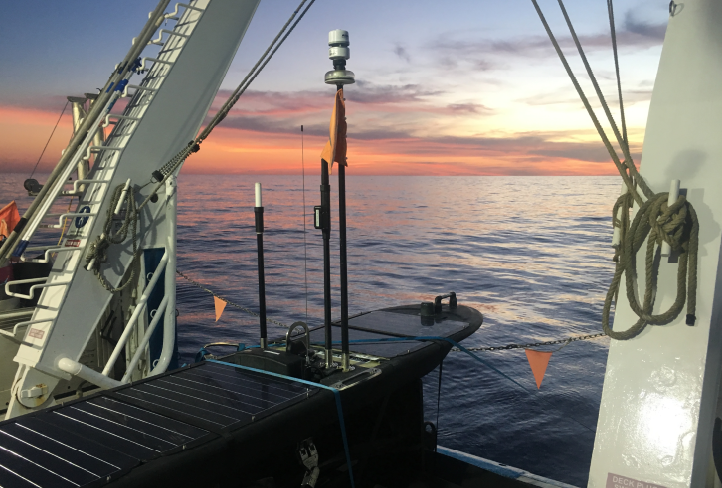Wave Glider Missions with the Australian Institute of Marine Science
Liquid Robotics — March 15, 2018
With 85% of the population living in coastal areas, and a marine economy contributing $73B annually, Australia’s well-being is inextricably tied to the ocean. Since 1972, the Australian Institute of Marine Science (AIMS), Australia’s tropical marine science agency, has been committed to the protection and sustainable use of Australia’s marine resources.
AIMS conducts scientific research that helps government, industry and the wider community make informed decisions about the health, use, and protection of Australia’s waters. Their work focuses on three key areas:
As AIMS conducts their research, a central challenge is one of efficiency and scale: how to reduce costs, monitor larger areas, and get the data back to shore quickly. To be most effective, they need to speed up the process of converting observations into actionable insights. That’s where technologies like the Wave Glider can help.

Wave Glider on the Solander
As part of a five-year joint research agreement between AIMS and Boeing (Liquid Robotics’ parent company), Liquid Robotics worked with AIMS to demonstrate how a long-duration autonomous ocean vehicle can improve monitoring of the Great Barrier Reef and support monitoring operations such as in the waters of northwest Australia.
“We are impressed with the number of different measurements it could conduct at the same time and its ability to transmit the data back to our base immediately and reliably while navigating and performing its mission,” said Dr. Lyndon Llewellyn, AIMS head of Data and Technology Innovation.
Learn more about these two recent Wave Glider missions in Australia.
Featured photo by Marie Roman – © AIMS 2017
